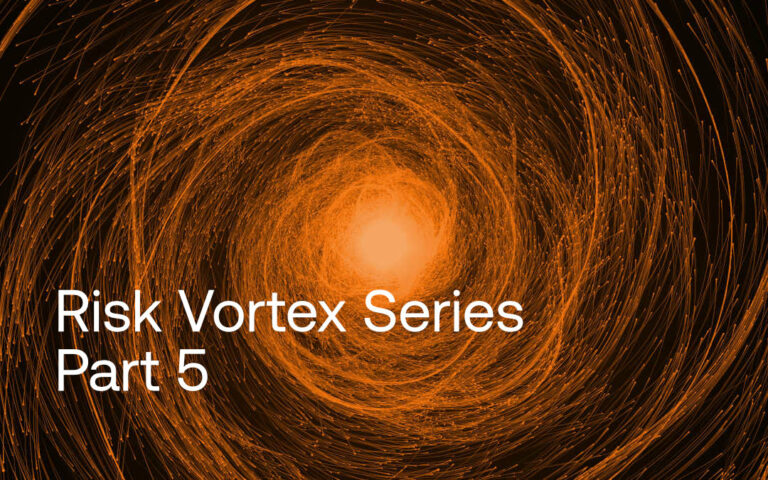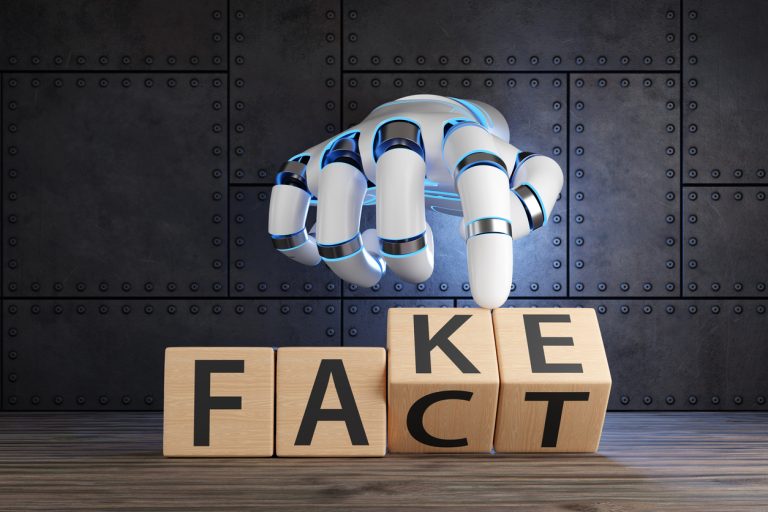Are you Playing Russian Roulette with Your People?
Towards the end of our previous post, “Risk Vortex Series – Part 4” we asked, “is your organisation playing Russian Roulette with its people? Has the organisation created an environment that is doing harm to members of its own team?
That same post introduced you to the Unearth Risk Model, that is useful for determining a person’s “risk cocktail,” or helping you understand risk in individuals.
I promised to share an analogy using the Risk Model, and it aligns with the opening question about Russian Roulette.
How Does Russian Roulette Relate to Organisations?
A person’s predisposition is comprised of their life experiences, values, beliefs, and stress capacity – essentially, a holistic approach to the person. Now think of this predisposition as a Revolver. Yes, we mean the gun with a revolving bullet chamber.
You may think of guns as harmful, but they are not harmful on their own, and are often actually appreciated for their fine craftsmanship and detail.
Now think of the internal and external environment and stressors as the Ammunition. This ammunition can influence a person’s predisposition in a negative manner. It gets added to the gun based on how an environment impacts a person’s predisposition. A perceived and actual oppression can be ammunition in the chamber, as can the point when a person reaches or exceeds their stress capacity.
When these stressors have caused a person to reach their breaking point, we now have a loaded revolver that is far more dangerous than the empty vessel. How do we pull back from this situation and create a safer environment? One factor could be time, but there are contradictory beliefs involving time:
- “Time heals wounds”
- “Time exacerbate problems”
In some cases, time can help calm us down, motivating us to remove ammunition from the Revolver. Taking a step back from a pressured situation may help a person see it more clearly with a level head. This lowers the intensity of the situation.
On the other hand, a person could spend time dwelling on the negative aspects of an incident, adding fuel to the fire and potentially giving them even more ammunition. They could fall into a spiral of anger and stress, feeling helpless about reducing this stress unless they take retaliatory actions.
So again, the gun is not the main issue – it is the ammunition that could be loaded into it. Once this ammunition is loaded into the chamber, we are now facing another threat.
With a loaded revolver, the environment becomes of utmost importance. If the environment leads to a stressful or demanding situation, the person may end up pulling their trigger. This can quickly escalate a situation, causing a negative interaction, or maybe causing a lack of action that is harmful to the person.
These triggers can be pulled with an empty chamber as well. Perhaps there weren’t as many stressors leading up to a certain situation, or it didn’t connect with a belief or value, so no ammunition was loaded in that chamber. In this case, the negative thoughts and actions may dissipate or be resolved.
However, it is a very different story when the trigger is pulled with a full chamber. Once the projectile is struck, we have reached the point of onset, which you may remember from our previous blog. This is the conscious or unconscious decision to act or react to a situation, and it leads to the beginning of the expression of changes in behaviour.
When thinking about a loaded gun being discharged, what comes to mind next? Where would you place your next immediate concerns?
- Target
- Damage
Target
Many factors could cause a trigger to be pulled – negative personal interactions, natural disasters, internal strife, or even a snide comment that acts as the final straw. It doesn’t matter what caused the shot, however. The most important immediate concern is where the gun is aimed – its potential target. These potential targets can include:
- The individual (self-harm, depression, suicide, alcohol, substance abuse, etc)
- Other people (colleagues, friends, family members, authority figures)
- Organisations or Institutes (businesses, schools, government sectors, etc)
- Places or Communities (parks, streets, social gatherings, etc)
It is important that we protect these targets from damage once a trigger is pulled.
Damage
Based on the Unearth Risk Model, an expression is any change that has the potential to do harm.
The extent of the damage after an expression is measured on a sliding scale and can come in a variety of forms. At one end of the scale, damage might be actions such as absenteeism, disengagement, poor performance, and other small but noticeable negative behaviours. Left unchecked, these expressions may lead to major damages down the line.
One example you may be familiar with is that of Edward Snowden, the infamous National Security Agency (NSA) contractor and whistle-blower. Although he only directly targeted the NSA with his actions, the ensuing damage was felt by a much broader faction. Overall national security was threatened and risks to human life were created. Both the NSA and other intelligence communities suffered reputational and financial damages as well.
Think about the cost of a serious incident or breach within your own organisation. It is likely that an investigation would be required, which comes with many hidden costs – both in time and resources. And what if it becomes a legal matter? Now you’ve tacked on legal cost and potential damage to your reputation.
Then the organisation may need to address the vulnerability and threat discovered through the investigation to prevent future risk. There may be a requirement to implement a new process or many, or the addition of monitoring software, or similar.
How will this affect the employees who were doing the right thing all along? Will they feel as though they are being punished for the actions of another individual?
It doesn’t end there, either. The organisation may now be hit with higher insurance rates or might have to bring in third-party consultants and specialists to help manage the fallout of the incident. Such major damages are far more complicated than they appear on the face.
In the end, your reputation and revenue streams will be impacted negatively. It is the severity and exposure that will dictate the extent of the impact.
Summary
It takes just one revolver (the person), one round of ammunition in the chamber (the stressor), and one trigger (the incident) to be pulled.
Hopefully you are thinking differently about the overall work environment at this point. You may now fully understand the expression that somebody is “walking around like a loaded gun!
Do you have loaded guns walking the hallways? How many are there? How many triggers are being pulled, or on the verge of it? Have you been lucky with misfires, or have the projectiles wreaked havoc on your workplace, causing damage? Is there an unending supply of ammunition, just waiting to be loaded and shot?
How can you help minimise this ammunition, and how can you remove active rounds from the chamber?
How can you ensure that your environment is protecting people from harm, not causing people harm and turning them into “loaded guns?”
These are the questions that will be answered in upcoming blogs.
Don’t Stop Now!
I have provided insights in this Risk Vortex series to simplify the ways in which you look at risk. The Unearth Risk Model was created with the intent to help you improve the approach that you take towards risk.
The Unearth Risk Model has far more depth than what is captured in the blog, but we believe that the Russian Roulette analogy helps to simplify the model and allows you to get the basic ideas before you dive deeper. Our next blog will provide examples of using the model in its simplest form.
Don’t forget to reach out to share your thoughts on the blog or any information we have provided, we would welcome hearing from you through hello@unearth.com.au




